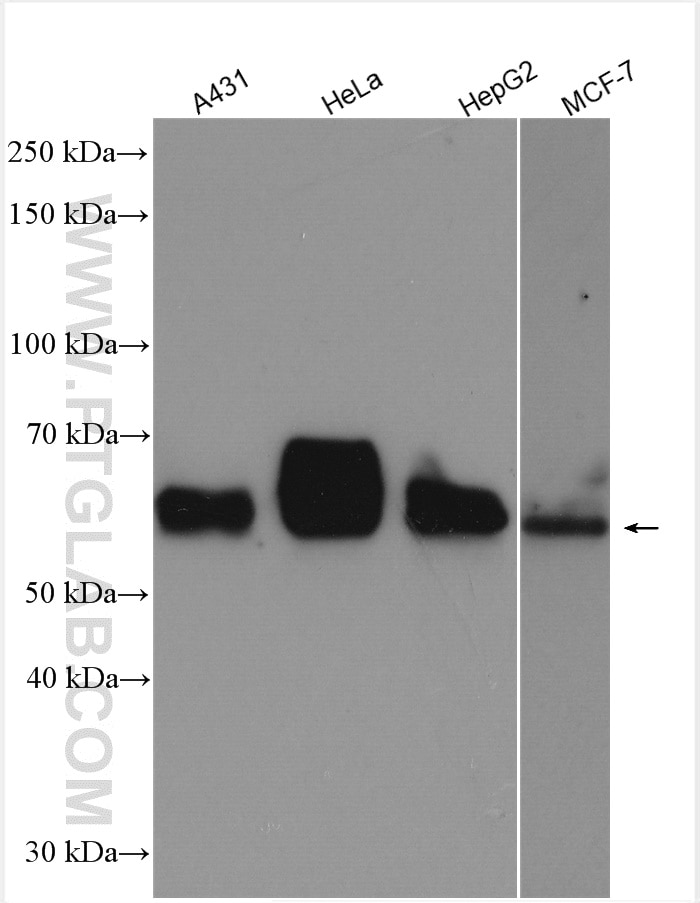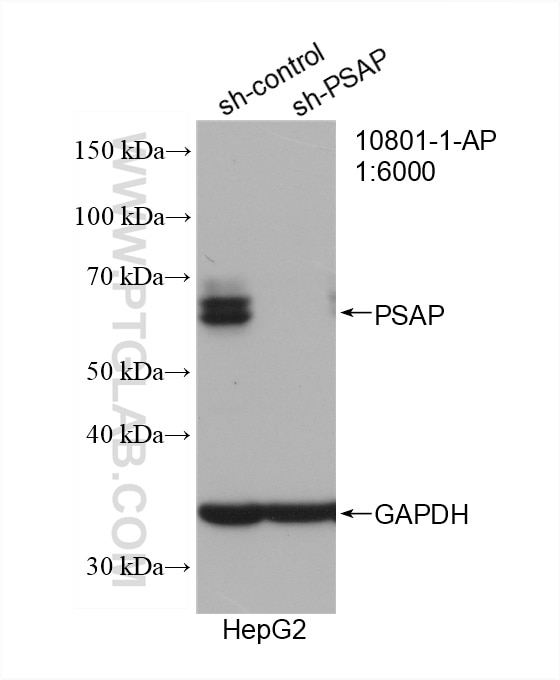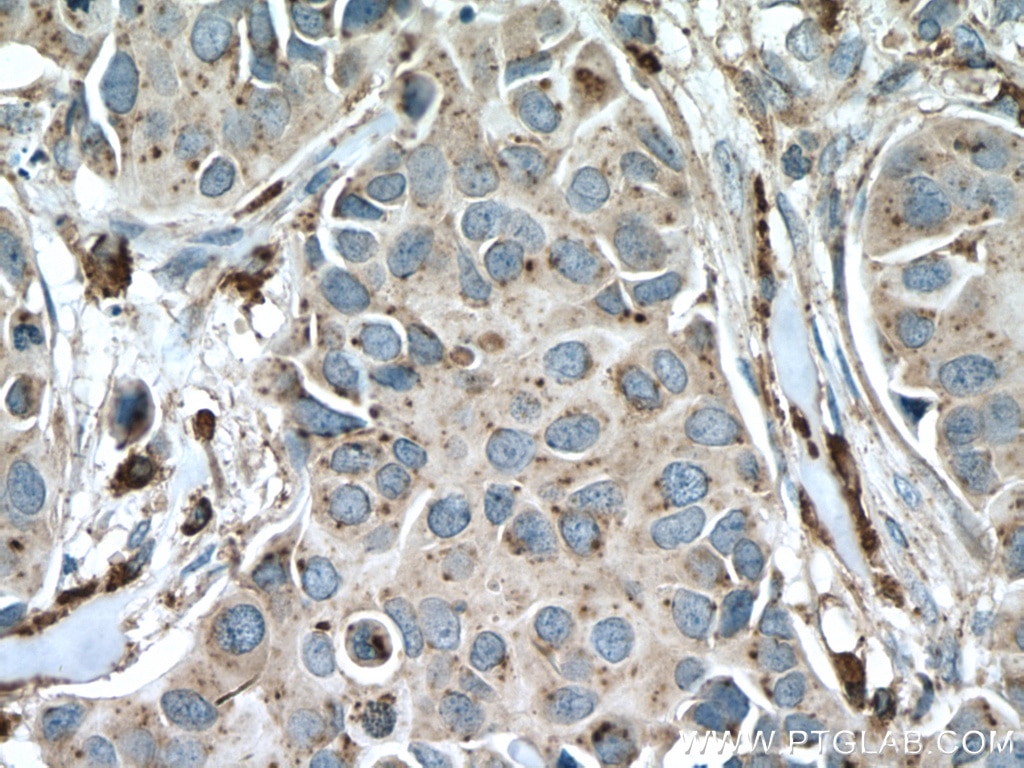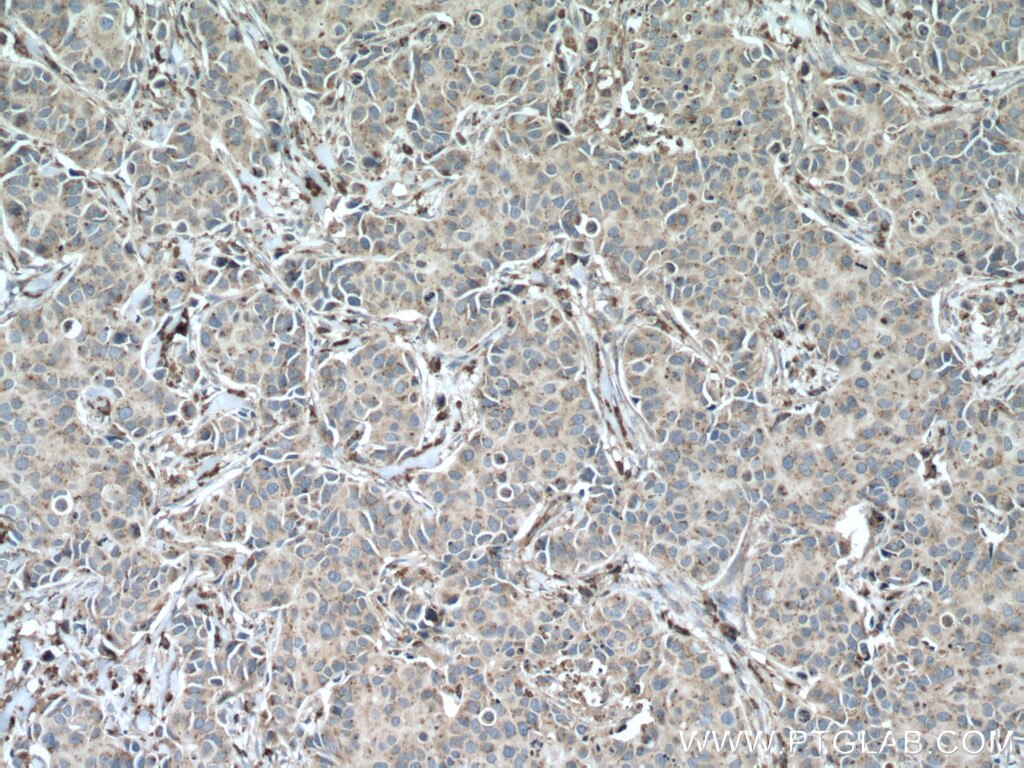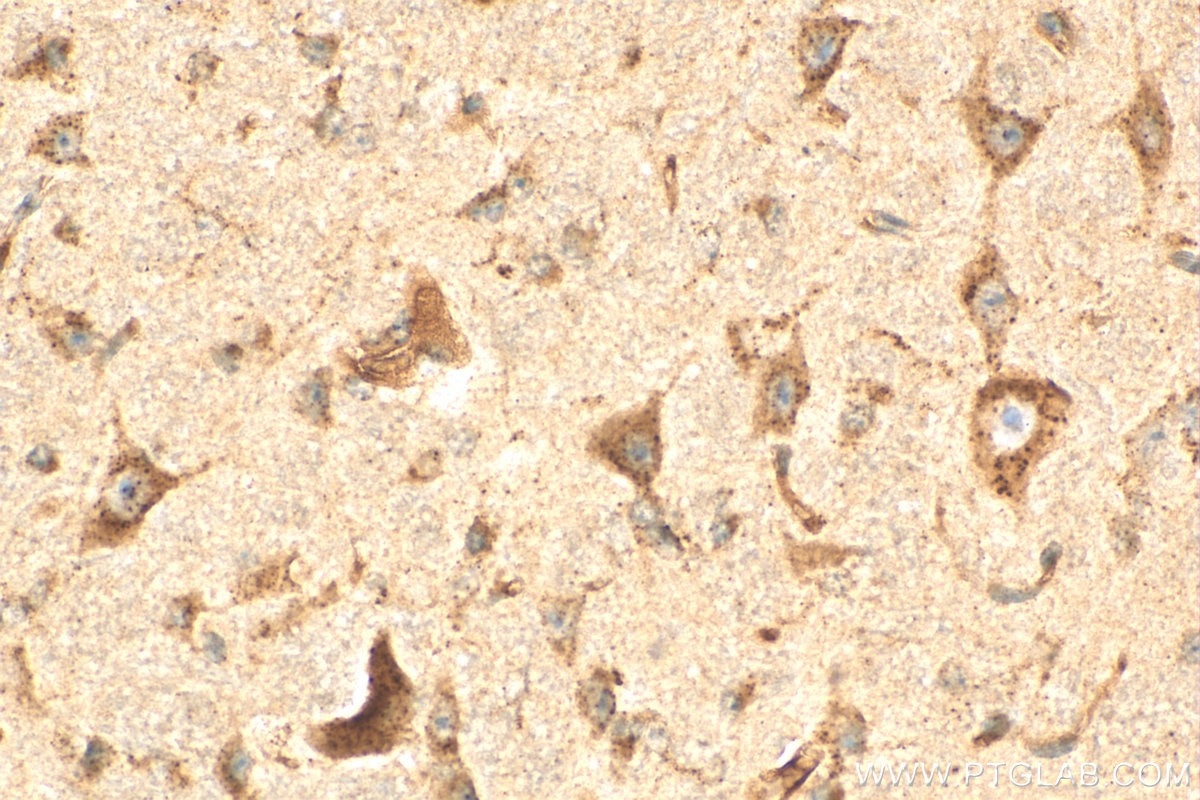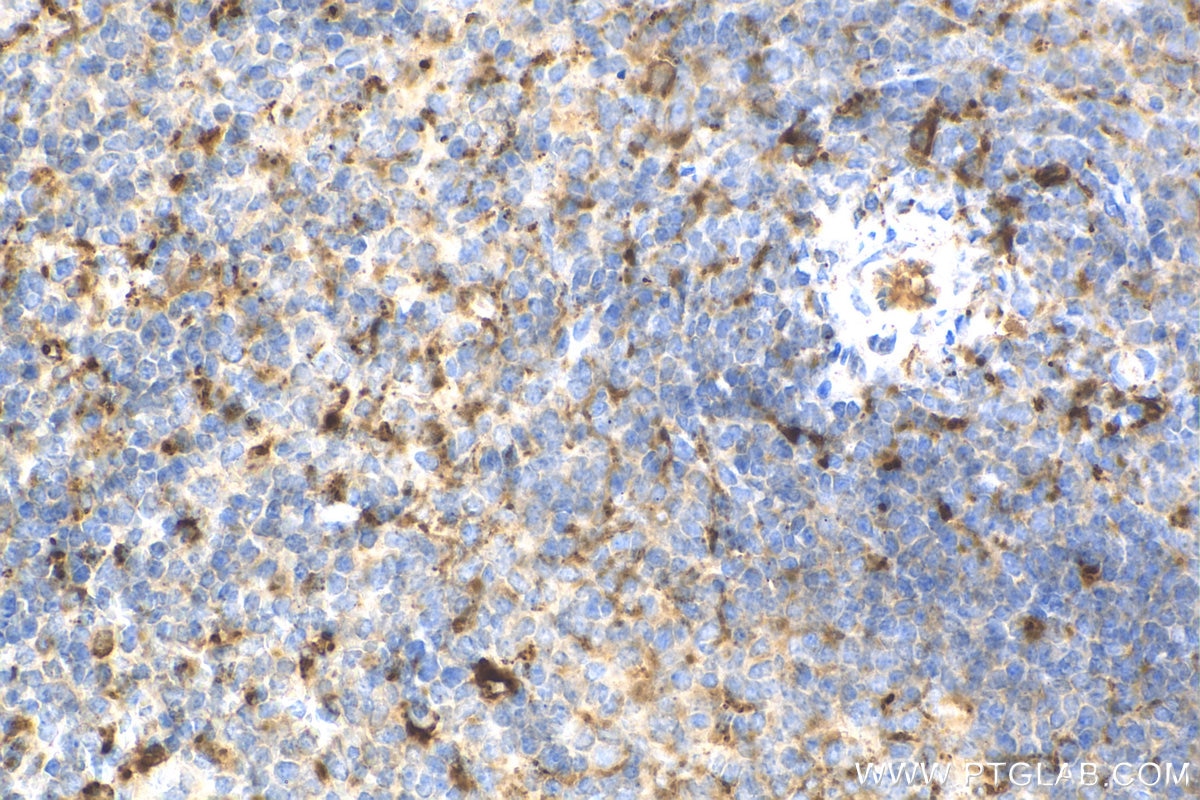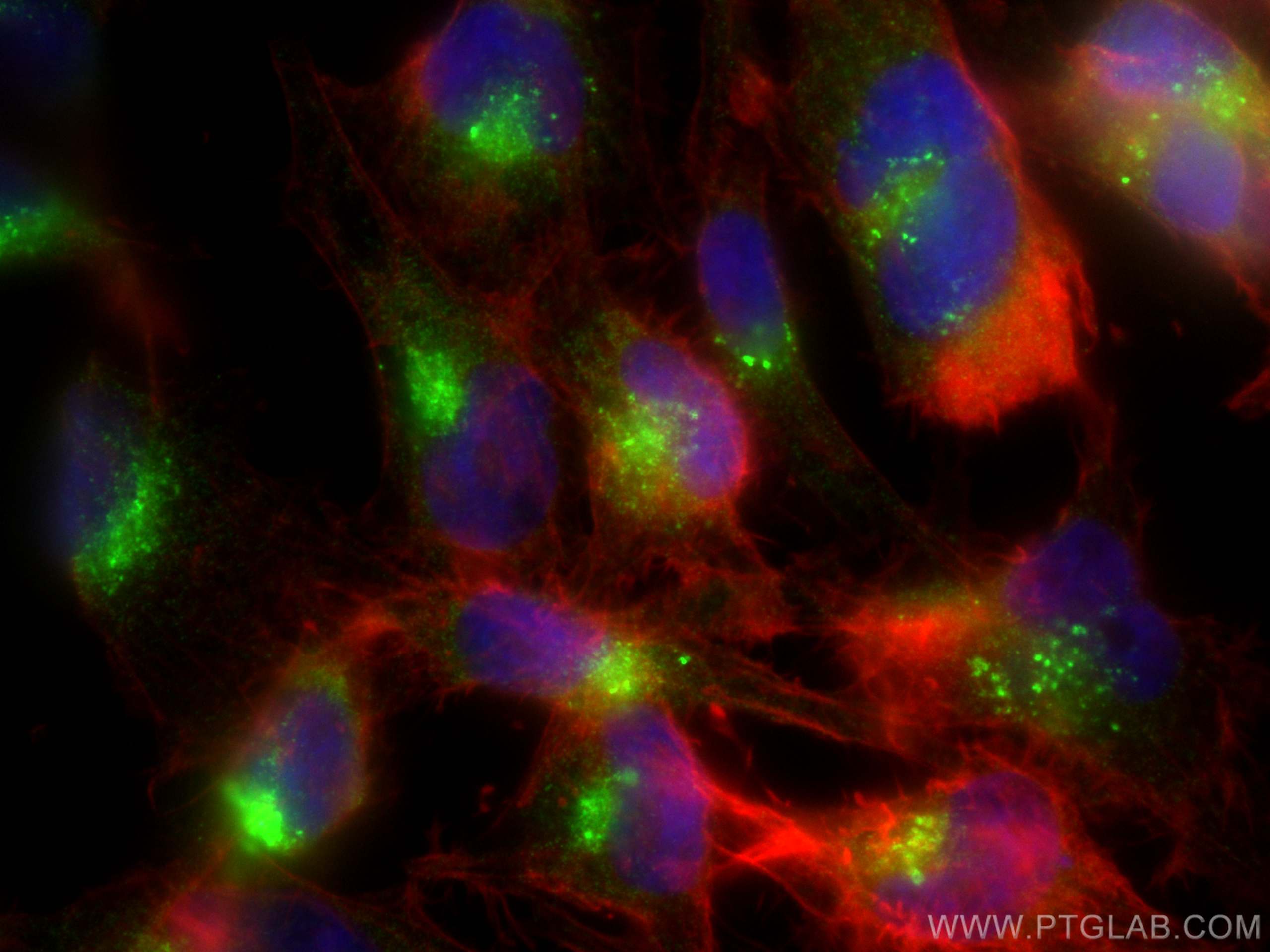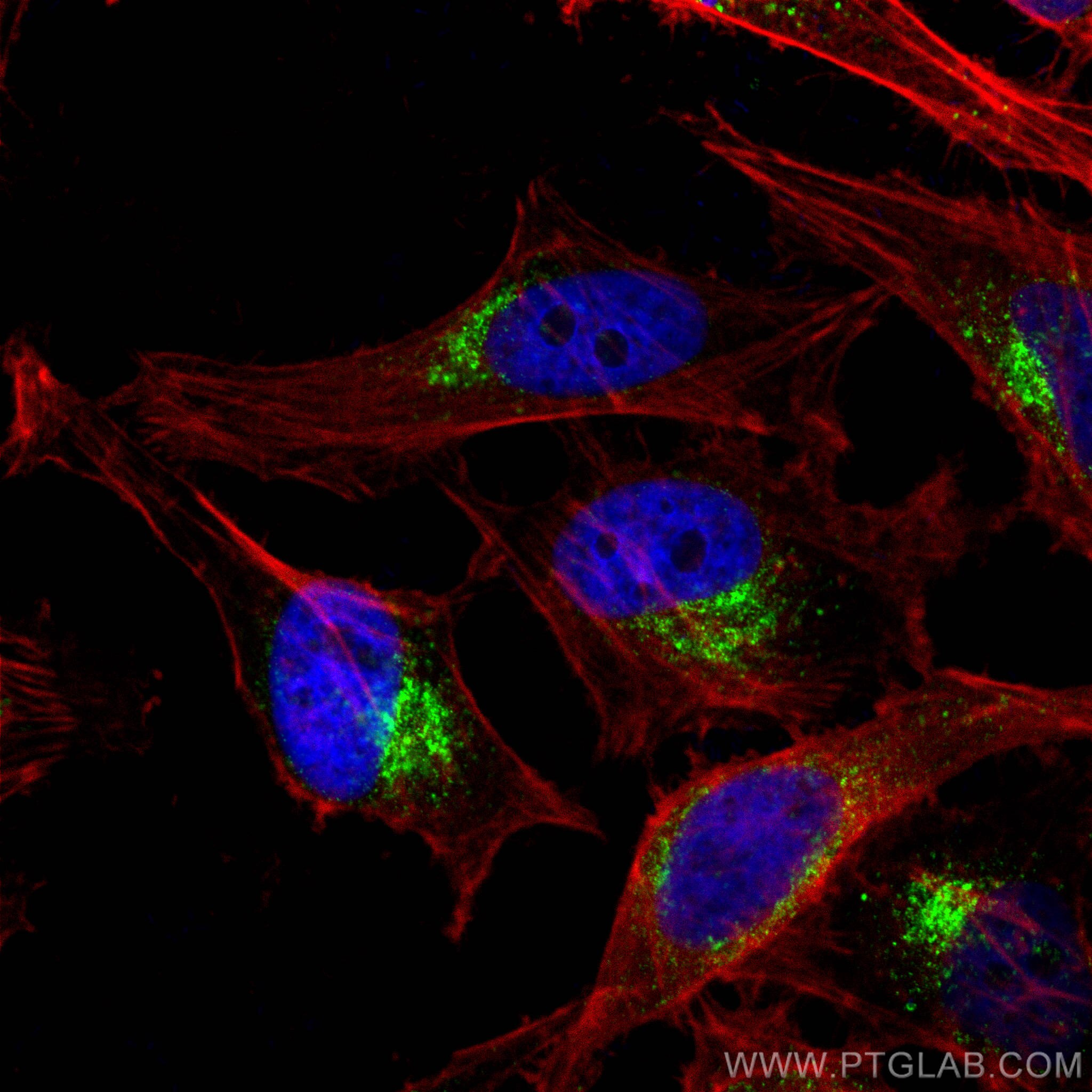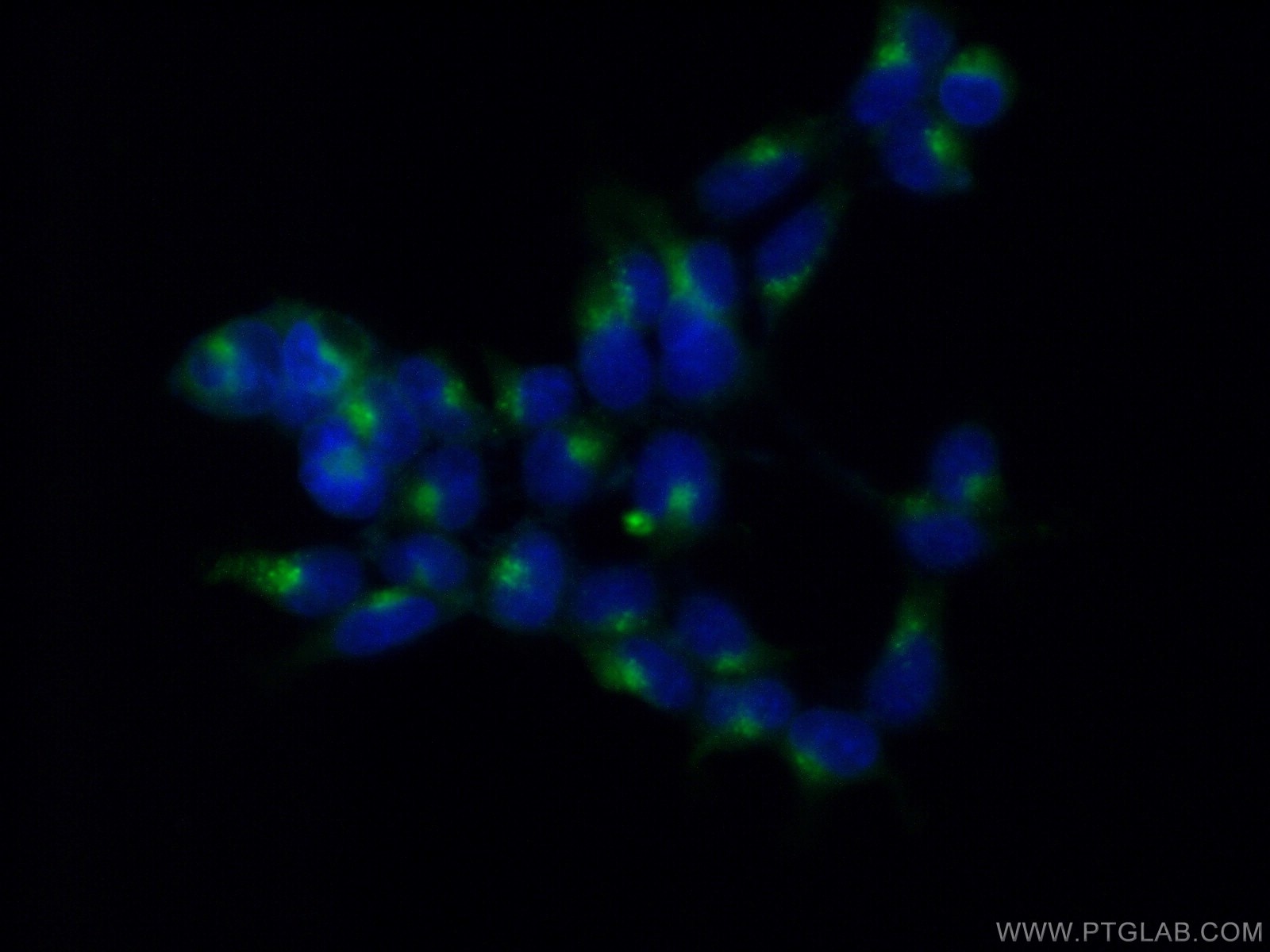Validation Data Gallery
Tested Applications
| Positive WB detected in | A431 cells, HepG2 cells, HeLa cells, MCF-7 cells |
| Positive IHC detected in | human breast cancer tissue, mouse cerebellum tissue, mouse spleen tissue Note: suggested antigen retrieval with TE buffer pH 9.0; (*) Alternatively, antigen retrieval may be performed with citrate buffer pH 6.0 |
| Positive IF/ICC detected in | HeLa cells, HEK-293 cells, U-251 cells |
Recommended dilution
| Application | Dilution |
|---|---|
| Western Blot (WB) | WB : 1:1000-1:8000 |
| Immunohistochemistry (IHC) | IHC : 1:50-1:500 |
| Immunofluorescence (IF)/ICC | IF/ICC : 1:50-1:500 |
| It is recommended that this reagent should be titrated in each testing system to obtain optimal results. | |
| Sample-dependent, Check data in validation data gallery. | |
Published Applications
| KD/KO | See 2 publications below |
| WB | See 19 publications below |
| IHC | See 3 publications below |
| IF | See 7 publications below |
| ELISA | See 2 publications below |
| FC | See 1 publications below |
Product Information
10801-1-AP targets PSAP in WB, IHC, IF/ICC, ELISA applications and shows reactivity with human, mouse samples.
| Tested Reactivity | human, mouse |
| Cited Reactivity | human, mouse, rat, chicken, goat |
| Host / Isotype | Rabbit / IgG |
| Class | Polyclonal |
| Type | Antibody |
| Immunogen |
CatNo: Ag1194 Product name: Recombinant human PSAP protein Source: e coli.-derived, PGEX-4T Tag: GST Domain: 1-320 aa of BC001503 Sequence: MYALFLLASLLGAALAGPVLGLKECTRGSAVWCQNVKTASDCGAVKHCLQTVWNKPTVKSLPCDICKDVVTAAGDMLKDNATEEEILVYLEKTCDWLPKPNMSASCKEIVDSYLPVILDIIKGEMSRPGEVCSALNLCESLQKHLAELNHQKQLESNKIPELDMTEVVAPFMANIPLLLYPQDGPRSKPQPKDNGDVCQDCIQMVTDIQTAVRTNSTFVQALVEHVKEECDRLGPGMADICKNYISQYSEIAIQMMMHMQPKEICALVGFCDEVKEMPMQTLVPAKVASKNVIPALELVEPIKKHEVPAKSDVYCEVCEF 相同性解析による交差性が予測される生物種 |
| Full Name | prosaposin |
| Calculated molecular weight | 58 kDa |
| Observed molecular weight | 60-70 kDa |
| GenBank accession number | BC001503 |
| Gene Symbol | PSAP |
| Gene ID (NCBI) | 5660 |
| RRID | AB_2172462 |
| Conjugate | Unconjugated |
| Form | |
| Form | Liquid |
| Purification Method | Antigen affinity purification |
| UNIPROT ID | P07602 |
| Storage Buffer | PBS with 0.02% sodium azide and 50% glycerol{{ptg:BufferTemp}}7.3 |
| Storage Conditions | Store at -20°C. Stable for one year after shipment. Aliquoting is unnecessary for -20oC storage. |
Background Information
The PSAP gene encodes prosaposin, a precursor of four small nonenzymatic glycoproteins termed 'sphingolipid activator proteins' (SAPs) that assist in the lysosomal hydrolysis of sphingolipids. After proteolytic processing of the presaposin protein, these 4 released polypeptides are functional activators. Saposin A is encoded by residues 60 to 143 of PSAP, saposin B by 195 to 275, saposin C by 311 to 390, and saposin D by 405 to 487. There are four 12-14 kDa heatstable glycoproteins. Saposins A-D localize primarily to the lysosomal compartment where they facilitate the catabolism of glycosphingolipids with short oligosaccharide groups. Saposins A-D are required for the hydrolysis of certain sphingolipids by specific lysosomal hydrolases. (PMID: 2001789) Defects in PSAP are the cause of Gaucher disease, Tay-Sachs disease, and metachromatic leukodystrophy (PubMed: 2060627, PMID: 15773042). This PSAP antibody (10801-1-AP) is expected to recognize both saposin A and B.
Protocols
| Product Specific Protocols | |
|---|---|
| IF protocol for PSAP antibody 10801-1-AP | Download protocol |
| IHC protocol for PSAP antibody 10801-1-AP | Download protocol |
| WB protocol for PSAP antibody 10801-1-AP | Download protocol |
| Standard Protocols | |
|---|---|
| Click here to view our Standard Protocols |
Publications
| Species | Application | Title |
|---|---|---|
Nat Neurosci Genome-wide CRISPRi/a screens in human neurons link lysosomal failure to ferroptosis. | ||
Adv Sci (Weinh) Integrative Transcriptomic Analyses of Hippocampal-Entorhinal System Subfields Identify Key Regulators in Alzheimer's Disease | ||
Nat Commun Impaired prosaposin lysosomal trafficking in frontotemporal lobar degeneration due to progranulin mutations. | ||
Nat Commun Prosaposin is a regulator of progranulin levels and oligomerization.
| ||
Mol Neurodegener Accumulation of saposin in dystrophic neurites is linked to impaired lysosomal functions in Alzheimer's disease brains. | ||
Proc Natl Acad Sci U S A Inhibition of sphingolipid synthesis improves outcomes and survival in GARP mutant wobbler mice, a model of motor neuron degeneration. |

